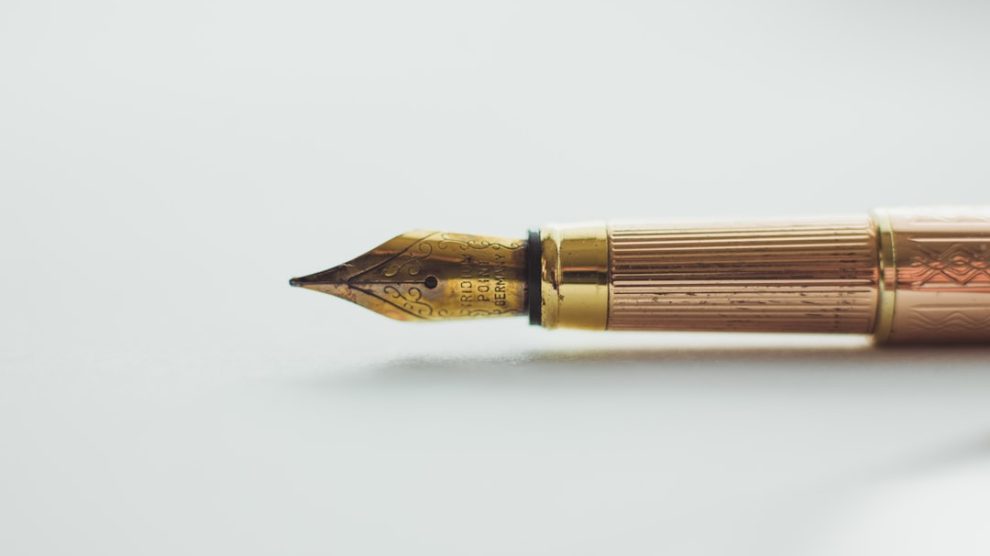Gold and precious metals have been used as a form of currency and investment for thousands of years. Throughout history, gold has been valued for its rarity, beauty, and durability. It has been used as a medium of exchange, a store of value, and a symbol of wealth and power. Today, investing in gold and precious metals is still relevant and can be a valuable addition to any investment portfolio.
Gold and precious metals have stood the test of time as a reliable investment because they have intrinsic value. Unlike paper currencies, which can be easily manipulated or devalued by governments, gold and precious metals have a limited supply and cannot be created out of thin air. This makes them a safe haven during times of economic uncertainty or inflation.
Understanding Inflation and Its Impact on Investments
Inflation is the rate at which the general level of prices for goods and services is rising, and subsequently, purchasing power is falling. When inflation occurs, the value of money decreases over time. This means that the same amount of money will buy fewer goods and services in the future than it does today.
Inflation has a significant impact on investments because it erodes the purchasing power of money. If the rate of return on an investment is lower than the rate of inflation, then the investor is actually losing money in real terms. This is why it’s important to consider inflation when making investment decisions.
Why Gold and Precious Metals are a Hedge Against Inflation
Gold and precious metals are considered a hedge against inflation because their value tends to rise when the value of paper currencies decreases. During times of inflation, investors often turn to gold and precious metals as a safe haven to protect their wealth.
Historically, gold has performed well during periods of high inflation. For example, during the 1970s when inflation was high, the price of gold increased significantly. This is because gold is seen as a store of value and a hedge against inflation. When the value of paper currencies decreases, the value of gold tends to rise.
Types of Gold and Precious Metals to Invest In
There are several different types of gold and precious metals that investors can choose to invest in. These include physical gold, gold ETFs, gold mining stocks, and other precious metals such as silver, platinum, and palladium.
Physical gold is the most traditional form of investment in gold. It can be purchased in the form of bars, coins, or jewelry. Physical gold offers the advantage of being a tangible asset that you can hold in your hand. However, it also comes with the risk of theft or loss.
Gold ETFs (Exchange-Traded Funds) are another popular way to invest in gold. These are investment funds that trade on stock exchanges and are designed to track the price of gold. Investing in gold ETFs offers the advantage of liquidity and ease of trading. However, it does not provide the same level of security as physical gold.
Gold mining stocks are another option for investors looking to gain exposure to the gold market. These stocks are shares in companies that mine for gold. Investing in gold mining stocks can offer the potential for higher returns than investing in physical gold or ETFs. However, it also comes with higher risks, as the performance of mining stocks is dependent on factors such as production costs and exploration success.
Factors to Consider Before Investing in Gold and Precious Metals
Before investing in gold and precious metals, there are several factors that investors should consider. These include market conditions, investment goals, and risk tolerance.
Market conditions play a crucial role in determining the timing and potential returns of an investment in gold and precious metals. It’s important to analyze factors such as supply and demand dynamics, geopolitical risks, and economic indicators before making an investment decision.
Investment goals are another important factor to consider. Different investors have different objectives, whether it’s capital preservation, income generation, or capital appreciation. Understanding your investment goals will help you determine the right investment strategy and the appropriate allocation of assets.
Risk tolerance is also a key consideration when investing in gold and precious metals. These investments can be volatile and subject to price fluctuations. It’s important to assess your risk tolerance and determine how much volatility you are willing to tolerate in your investment portfolio.
Strategies for Investing in Gold and Precious Metals

There are several different strategies that investors can use when investing in gold and precious metals. These include physical ownership, ETFs, and mining stocks.
Physical ownership of gold and precious metals involves purchasing physical bars, coins, or jewelry. This strategy offers the advantage of owning a tangible asset that you can hold in your hand. However, it also comes with the risk of theft or loss.
ETFs (Exchange-Traded Funds) are another popular strategy for investing in gold and precious metals. These funds trade on stock exchanges and are designed to track the price of gold or other precious metals. Investing in ETFs offers the advantage of liquidity and ease of trading. However, it does not provide the same level of security as physical ownership.
Investing in gold mining stocks is another strategy for gaining exposure to the gold market. These stocks are shares in companies that mine for gold. Investing in mining stocks can offer the potential for higher returns than investing in physical gold or ETFs. However, it also comes with higher risks, as the performance of mining stocks is dependent on factors such as production costs and exploration success.
Risks and Benefits of Investing in Gold and Precious Metals
Investing in gold and precious metals comes with both risks and benefits. It’s important to understand these before making an investment decision.
One of the main benefits of investing in gold and precious metals is their ability to act as a hedge against inflation. During times of economic uncertainty or inflation, the value of gold and precious metals tends to rise. This can help protect your wealth and preserve purchasing power.
Another benefit of investing in gold and precious metals is their potential for capital appreciation. Over the long term, the price of gold and precious metals has tended to increase. This means that if you invest in these assets, you have the potential to earn a positive return on your investment.
However, investing in gold and precious metals also comes with risks. These include price volatility, liquidity risk, and counterparty risk. The price of gold and precious metals can be volatile and subject to significant fluctuations. This means that the value of your investment can go up or down in a short period of time.
Diversifying Your Investment Portfolio with Gold and Precious Metals
Diversification is an important strategy for managing risk in an investment portfolio. By spreading your investments across different asset classes, you can reduce the impact of any one investment on your overall portfolio.
Gold and precious metals can be used to diversify an investment portfolio because they have a low correlation with other asset classes such as stocks and bonds. This means that when the value of stocks or bonds is declining, the value of gold and precious metals may be increasing.
By including gold and precious metals in your investment portfolio, you can potentially reduce the overall risk of your portfolio and increase the potential for positive returns.
Money Management Tips for Investing in Gold and Precious Metals
When investing in gold and precious metals, it’s important to have a solid money management plan in place. Here are some tips to help you manage your investments effectively:
1. Set clear investment goals: Before investing in gold and precious metals, determine what you hope to achieve with your investments. Are you looking for capital preservation, income generation, or capital appreciation? Setting clear goals will help you make better investment decisions.
2. Monitor market conditions: Stay informed about the latest developments in the gold and precious metals markets. Pay attention to factors such as supply and demand dynamics, geopolitical risks, and economic indicators. This will help you make more informed investment decisions.
3. Diversify your portfolio: As mentioned earlier, diversification is an important strategy for managing risk in an investment portfolio. By spreading your investments across different asset classes, you can reduce the impact of any one investment on your overall portfolio.
4. Manage risk: Investing in gold and precious metals comes with risks. It’s important to assess your risk tolerance and determine how much volatility you are willing to tolerate in your investment portfolio. Consider using stop-loss orders or other risk management techniques to protect your investments.
5. Regularly review and rebalance your portfolio: Regularly review your investment portfolio to ensure that it aligns with your investment goals and risk tolerance. Consider rebalancing your portfolio periodically to maintain the desired asset allocation.
Financial Management: Maximizing Returns and Minimizing Risks with Gold and Precious Metals
In conclusion, investing in gold and precious metals can be a valuable addition to any investment portfolio. These assets have stood the test of time as a reliable store of value and a hedge against inflation. By understanding the factors that impact the price of gold and precious metals, and by implementing sound money management strategies, investors can maximize returns and minimize risks when investing in these assets. Whether you choose to invest in physical gold, ETFs, or mining stocks, it’s important to carefully consider market conditions, investment goals, and risk tolerance before making an investment decision.









Add Comment